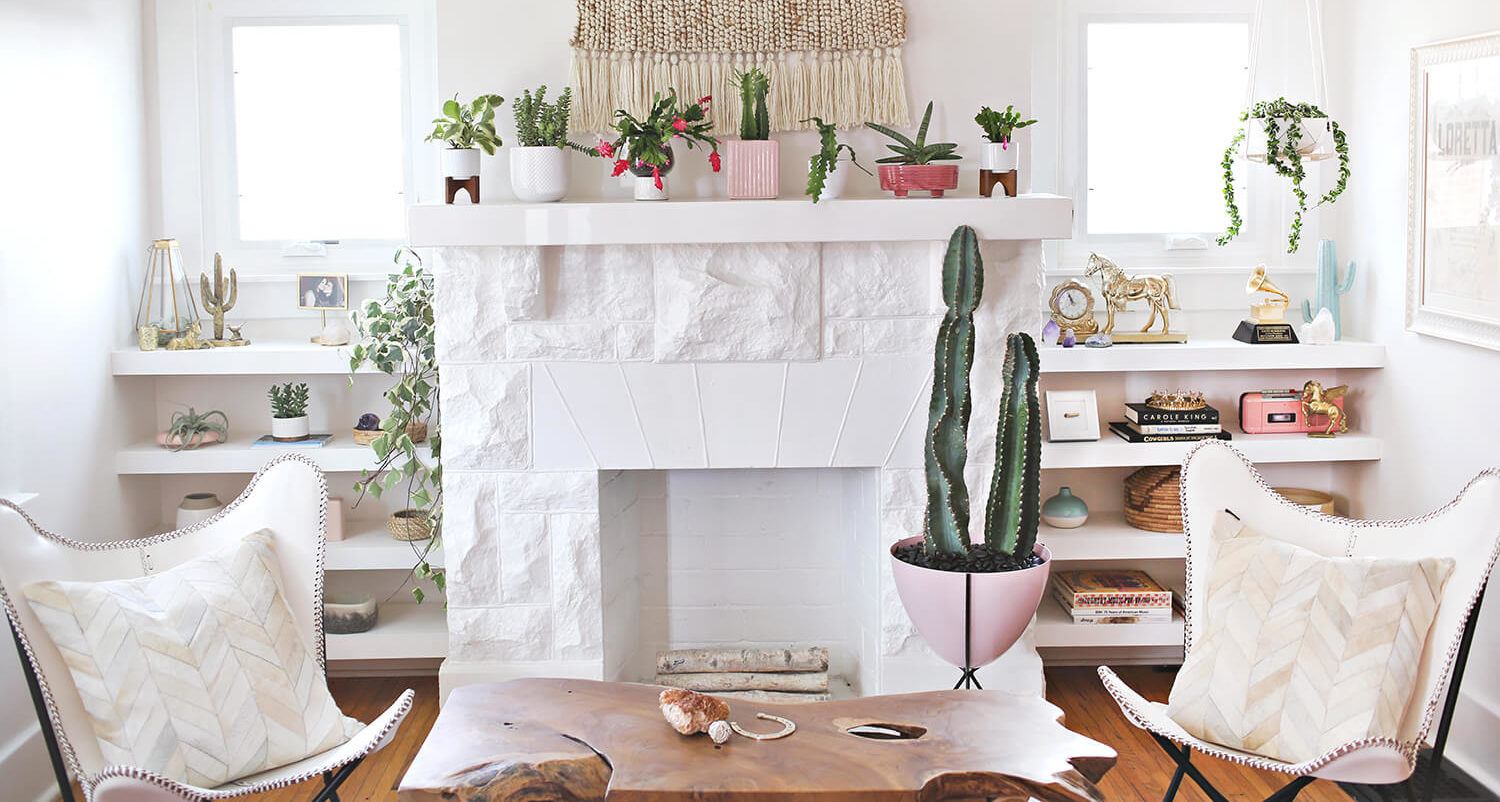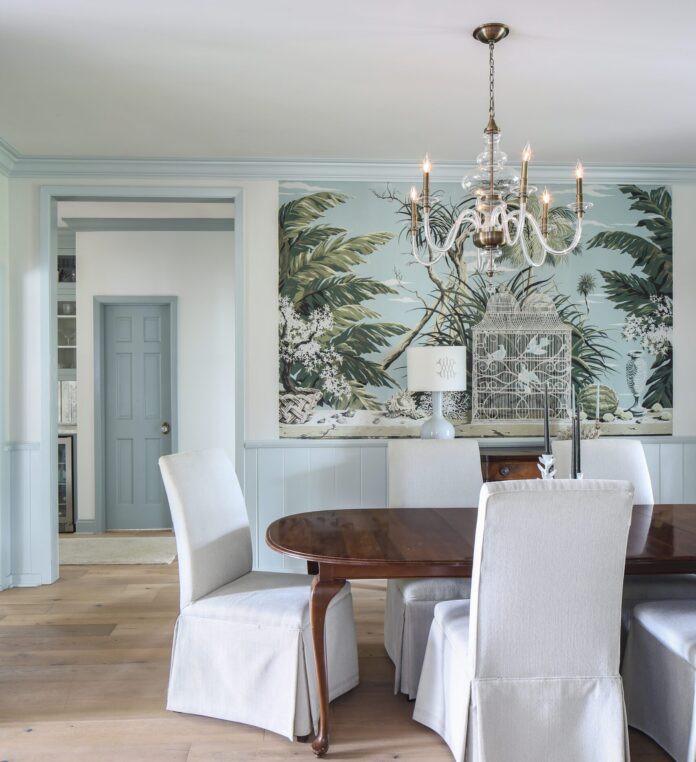Green gables: Transform your space with trendy houseplants
With temperatures reaching an all-time high, what better time to bring the outdoors in? From overflowing hanging baskets to artfully planted succulents to the ever-so-popular fiddle leaf fig, the latest trend in home design adds a bohemian touch to even the most refined spaces. And while greenery is definitely on trend, the style is something that harks back to our roots, when time was spent outside among nature, rather than in front of a television watching cartoons or playing video games. By recovering space in our lives for greenery, we enhance not only our spaces, but our lives.
In an attempt to not only pick the best plants but keep them alive, we reached out to some of Baton Rouge’s resident plant professionals to learn more about the art of having happy houseplants.
Succulents & Air Plants, Baton Rouge Succulent Company
Historically low maintenance and extremely on trend, succulents and air plants are some of our favorite varieties to place around the house. These varieties add an effortlessly “boho” look to a space and come in all shapes, sizes and colors. Roz Fransen, owner of Baton Rouge Succulent Company, shared the keys to helping these desert plants thrive in your home:
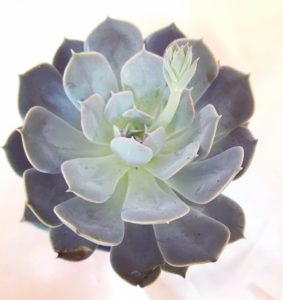
Light: One of the most important things to think about when picking out a plant is where you are going to put it. Succulents like lots of sun. Morning sun is the best, but you need to watch out for our intense Louisiana summer afternoon sun, as it can get too hot and ‘burn’ the leaves. Too little sun, however, will cause your plant to begin to stretch out and reach for the light. Air plants, however, are an easy, lower-light plant. They love humidity so they are perfect for our Louisiana air, but be sure to keep them out of direct sunlight.
Watering: Cacti and succulents like a good drink of water but then need to dry out. Each time you water, thoroughly soak the soil so water runs out of the bottom of the pot. My biggest tip is to make sure you only pot your plants in a pot that has a drain hole. Succulents don’t like wet feet!
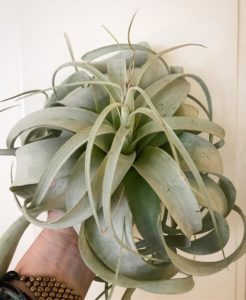
Air plants thrive outside on covered patios or in bathrooms with steam from the shower or sink. If your air plants are outside, they can soak up the moisture from the air and are virtually maintenance free, but remember to bring them inside when temperatures drop below freezing. If they are kept inside, or where humidity is low, spray them thoroughly about every 10 days. If you are ambitious, collect rainwater to spray or soak them in. About once a month, I give mine a good 5- to 7-minute soak by completely submerging the plant in a bucket or sink.
Varieties: Some of my favorite bright-light succulents are in the kalanchoe family. I love paddle plants and silver teaspoons. The more traditional rosette-style succulents, echeverias, are always a crowd pleaser in the shop. Some options that are more low-light friendly are jades, rhipsalis (jungle cacti) and sansaverias.
PSA: Plant collecting can become an addictive hobby quickly! If you are new to the game and a little intimidated because you’ve killed a few–don’t give up. And, if you’re an enthusiast already and on the hunt for the rare ones, you speak my language.
Fiddle Leaf Figs, Louisiana Nursery
They’re Joanna Gaines’ favorite accessory and they are taking over homes nationwide. The fiddle leaf fig is the design world’s “it plant,” and while it isn’t the easiest variety to care for, that won’t stop us from trying. Whether you’ve already got one in the corner of your living room or you’ve been relentlessly pinning photos of the majestic tree onto your Pinterest board, John MacMillan, assistant manager of Louisiana Nursery, is here to give the run-down on the iconic variety:
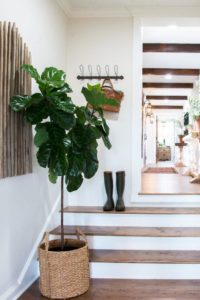
Light: Fiddle leaf figs require a bright and sunny location, such as near a window or in a room with a lot of windows. They will not grow or perform well in a room with one small window with very little natural light.
Watering: The most common problem that I see with houseplants, large indoor trees and specifically with fiddle leaf figs is too much water. It seems that people have good intentions, but houseplants and large indoor trees require less water than you might think. The key is to let the soil completely dry out between waterings. A good rule of thumb is “the larger the pot, the more water it will hold, but the larger the plant, the more water it will require.” Be aware of the amount of indirect sunlight the plant will receive, as well as the temperature and humidity inside of the house in order to accurately time waterings. Tip: Remove old and damaged leaves so the plant can focus on new and healthy growth.
Pricing: For a fiddle leaf fig and other large houseplant varieties, you should expect to spend over $100 for a 14-inch container. This size container should be home to a tree that is at least 4 to 5 feet tall. However, you can also find them in smaller sizes, like 6, 8 or 10 inch.
Advantages: Having an indoor plant or tree in your home helps to purify the air of toxins and helps to add extra oxygen.
Orchids, Red Onion
This timeless classic has long graced counters and dining room tables across Baton Rouge. However, as Brenda Goff, owner of Red Onion, states, “There’s a big difference between keeping an orchid alive while blooming and getting one to re-bloom.”
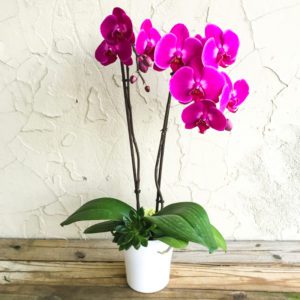
On average, you will likely get around two to four months of blooming time after you bring the plant home. While re-blooming can be tricky, it’s not impossible. Before you throw out the one in your kitchen that just dropped its last bloom, check out these tips from Goff on mastering the craft of orchid keeping:
Light: First, start by choosing an orchid that grows easily. A phalaenopsis is one variety that we always carry at the store, and it only requires a small amount of light–about 10 to 15 percent a day.
Watering: Orchids hate to be over-watered. It’s best to take the plant to the sink and let the water run through and drain properly before returning it to the container. In addition, fertilizing can be done about every three weeks with an orchid fertilizer or a diluted regular fertilizer.
Re-blooming: My advice is to cut the stem back–as far back as it dies. I do mine a couple inches above the leaves. After that, let the orchid rest and reduce watering and feeding. When you see new growth, start watering and feeding again. Tip: Re-blooming requires a lot of temperature changes, such as cool nights and warm days, and every plant and variety is different.
Orbit Potted Plants, D’s Garden Center
Traditional pots are so last year. Whether it be a terrarium full of succulents, a hanging basket or even something different altogether, the best way to engage your own creativity while adding one-of-a-kind touches to your space is mixing it up when it comes to planters. For Darren Duffy, Lauren Duffy and Deidre Berthelot of D’s Garden Center, one of the coolest ways to cultivate your plant collection is to add some varieties planted in “orbits,” natural materials that encircle the root ball:
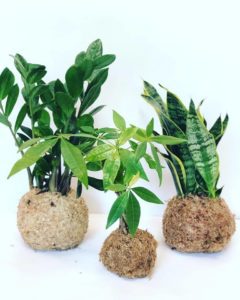
Light: We plant great low-light plants such as the ZZ plant, mother-in-law’s tongue (or snake plant) and ponytail palm in our planters. They do well indoors or on a covered patio.
Watering: We suggest you water only when the plant feels dry, which will likely be once or twice weekly. The orbit makes figuring this out incredibly easy because you can just pick up the plant and feel the weight of it to determine it if it is wet or dry. Simply place the orbit in a bowl of water and the plant will soak up the necessary amount of water, making the orbit very low maintenance.
Advantages: This type of planting is clean and effortless. It’s perfect for an office or a small space like a bathroom vanity, desktop or end table. Added bonus: they can also be easily hung and they are mostly pet-friendly.
For more plant inspiration, follow each of the stores on social media: D’s Garden Center, Baton Rouge Succulent Company, Red Onion and Louisiana Nursery.




